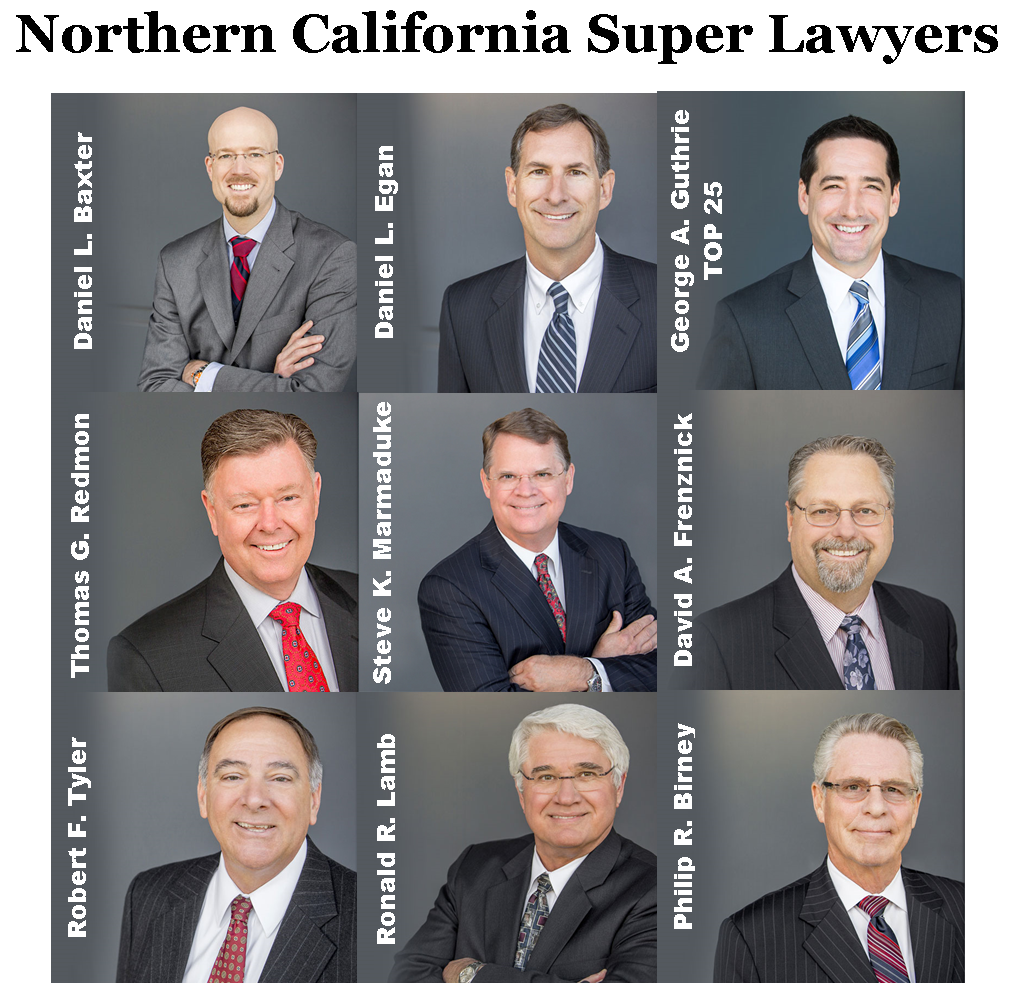These doing business in California references for employers discuss recent advancements in the State’s labor and employment laws and how those laws affect their business.
We assembled the Firm’s monthly labor and employment newsletters in easy-to-access e-books, now available for you to download. Wilke Fleury’s Labor and Employment e-Books are issued semi-annually.
Click on the link below to access your copy!
2016 January – July Labor and Employment E-Book
Federal and California laws challenge employers and employees with complex statutes and regulations that govern extended employee time off. All too often, leaves are not appropriately addressed, or addressed at all, depriving employees of rights and benefits they may be entitled to and exposing employers to liability. The intent of this article is to provide an overview of the laws impacting employee leaves, and a proactive, step-by-step approach to identifying and addressing leave situations.
Identify Potential Leave Situations
The first step is to identify if an employee may be out of work for an extended period of time. The employer should immediately commit to proactively addressing the situation. In most instances, the employer has an affirmative duty to discuss with the employee that they may be entitled to a statutory leave or determine if they are suffering from a disability. Waiting to see “how things work out” is a poor strategy.
Determine if a Leave is Appropriate
After recognizing that an employee desires or needs extended time off work, the next step is to determine which, if any, leaves may apply to the employee’s situation. Employers do not need more than a working knowledge of leave laws. Being proactive includes the commitment to get help, if necessary. Competent HR consultants and legal counsel can help.
Statutory Leaves
The federal Family Medical Leave Act (FMLA) and the California Family Rights Act (CFRA) provide up to 12 weeks of leave for employees to address their serious health conditions and to address specific family issues such as to care for a child, parent, spouse registered domestic partner, child of a registered domestic partner and the birth or adoption of a child, or the placement of a foster child. The FMLA and the CFRA apply only if (1) the employer has 50 or more employees and (2) the employee has been employed with that employer for at least 12 consecutive months and has worked at least 1,250 hours during the last 12 months.
California’s Pregnancy Disability Leave (PDL) applies to all employers, regardless of the number of employees. PDL is available for up to 4 months during a time an employee is unable to work or is unable to perform her essential job functions due to health issues related to pregnancy and childbirth. PDL may run currently with the FMLA, but does not run currently with the CFRA. Thus an employee who qualifies for CFRA is entitled to 12 weeks of CFRA leave in addition to any PDL.
Other statutory leaves include time off voluntary entry into a drug and rehabilitation program, attendance at adult literacy programs, and leave for participation in certain school activities (each requiring a minimum of 25 employees), as well as serving as an emergency fire fighter, reserve peace office or emergency rescue person.
Disability Leaves
Disability laws may need to be considered in leave situations that involve the employee’s physical and mental health. The Americans with Disabilities Act (ADA), which applies to employers with 15 or more employees, and the California Fair Employment and Housing Act (FEHA), which applies to employers with 5 employees or more, require an employer to provide “reasonable accommodations” to employees with physical and mental disabilities unless doing so would cause “undue hardship.” “Reasonable accommodations” may also include providing leave.
Communicate
Both employers and employees have duties to communicate with each other regarding leave. The sooner the communication process begins the better. Employers should advise employees of their legal rights. Employees should communicate with Employers regarding their needs and expectations regarding leave. Although employers are not entitled to specific medical information regarding the cause of a disability, they are entitled to a physician’s note to establish the nature and extent of the disability and that leave is a necessary and appropriate accommodation for a disability.
The Leave Plan
A common error that employers and employees make is they fail to define the terms of the leave in a plan. The plan may be very simple, merely providing when the employee is to return to work. If circumstances change, channels of communication should be reopened, the leave redefined and a new return to work date established. At all times there should be a written document (ideally signed by both the employer and employee, but at least a letter from the employer to the employee) establishing the return to work date.
Conclusions
Addressing leave requires a sequence of proactive steps by employers and employees that should affirmatively identify circumstances that could lead to an employment leave. Once identified, the nature of the potential leave should be investigated and the benefits, if any – including the right to return to work and the payment of benefits – determined. The employee handbook should always be reviewed as it may enhance the legally required benefits. The employer should assume the duty to advise an employee of his/her rights to leave under the circumstances. Further, the employer and the employee should communicate to determine the leave period, the return to work date and everything should be memorialized in a writing. The leave may change based upon changing circumstances, but there should always be a written return to work date. When in doubt, seek assistance. No matter what, be proactive. Take Action! – Don’t LEAVE it for later!
 By: Stephen K. Marmaduke
By: Stephen K. Marmaduke






 By:
By: 
